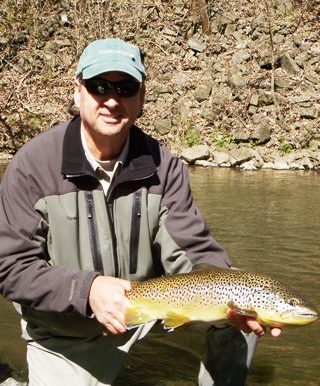Fly fishermen love gadgets. While guiding I tend to get asked a lot of questions about my hook hone.
Why take the time to hone a hook? Well I find it a little silly to do every other part of the angling process correct, but end up losing a fish because of a faulty hook.
There are many times during a day on the water that flies catch bottom, catch sticks, or end up in a tree. I routinely check hook points every time this happens to ensure that the point has not been nicked, dulled, or broken for that matter. I would rather address this issue immediately than to lose a fish and realize it was from a faulty hook.
Hooks that are nicked or broken are pretty easy to spot at first glance. For hooks that appear to be fine, using a “thumbnail test” is a helpful indication of whether or not your hook is sharp. Simply run the hook point across your thumbnail. If the hook point sticks or scratches it is good to go. If not, it’s best to touch it up with a hook hone.
Honing a hook is very simple. Most hook hones have a groove that you place the hook point in and then push forward several times, making sure to sharpen the sides as well as the bottom. It’s quick, simple, and can make a big difference in landing more of the fish you hook.
There is almost never a day on the water that I do not get use out of my hook hone, which is why I think it is a piece of gear that every angler should carry.
If you have any questions about using a hook hone, don’t hesitate to ask on your next trip. If you need to add a hook hone to your collection, give us a call or stop by the fly shop at the club to pick one up.





